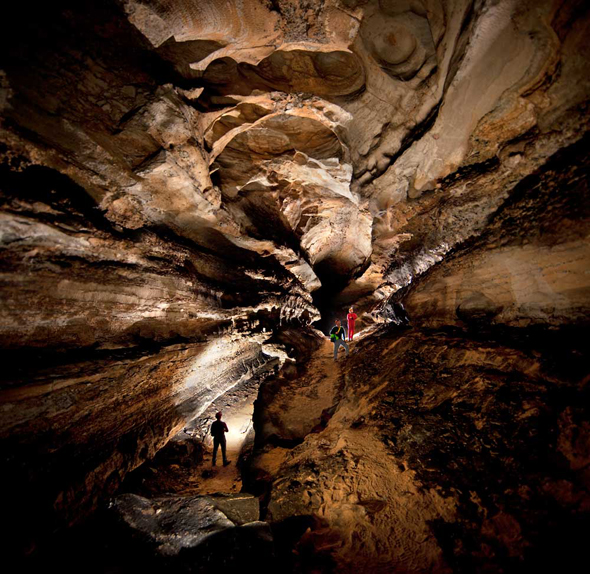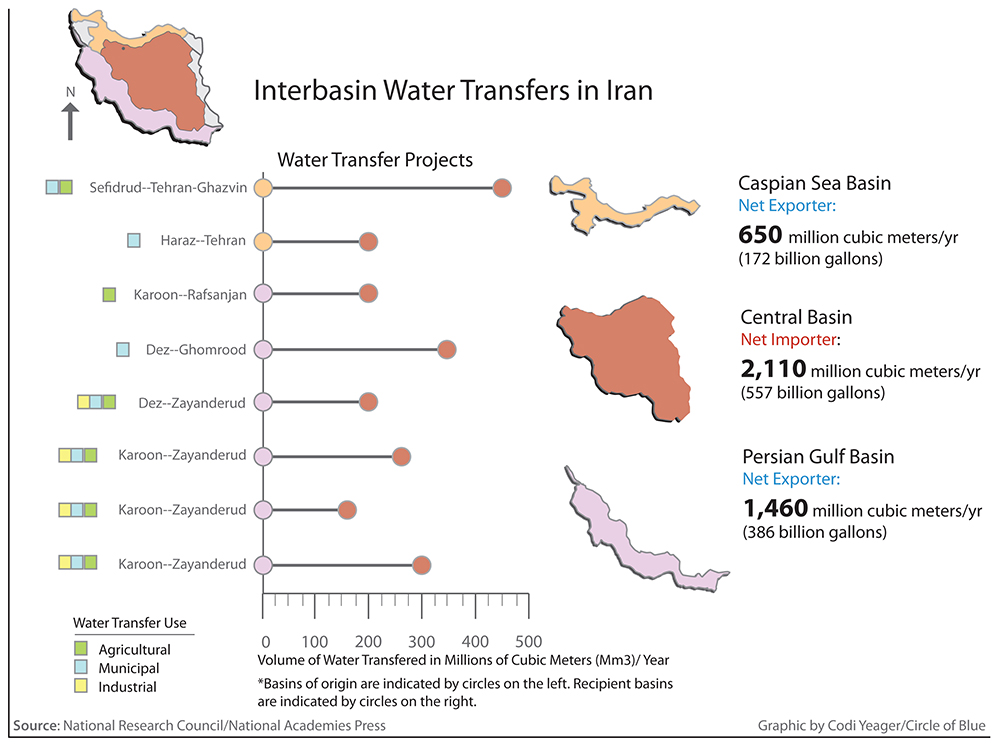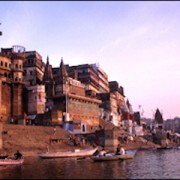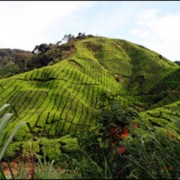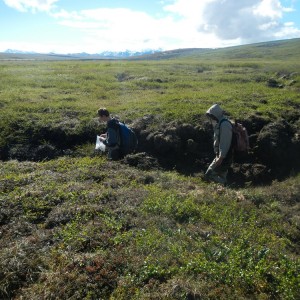Karst Landscapes in China, Across the Continents
From karst towers in Southwest China to the massive Mammoth Cave region in the U.S., here’s a look at some of the most significant karst landscapes in the world.
By Chris Groves, Special to Circle of Blue
Although caves and karst landscapes often serve as a destination for fourth grade field trips, they certainly have direct relevance to the 1.5 billion people who live in karst regions — many of whom rely on karst aquifers for drinking water.
Karst regions cover about 15 percent of the land surface of the world, according to the best estimates. Sprinkled throughout the world, karst landforms occur in areas of especially soluble bedrock; a climate that produces sufficient amounts of running water and abundant vegetation that helps to produce carbon dioxide to give water acidity.
These conditions are met throughout much of the world, and there are many fine karst landscapes — including the extensive and spectacularly developed karst region of Southwest China — each with its own distinctive features. Although a list of the most significant areas is highly subjective, a few of the great ones surely include:
Kras Region, Slovenia: Often called the “classical karst,” this region on the western shore of Europe’s Adriatic Sea produced some of the first seminal scientific studies on karst landscapes. Indeed, the German word for the Kras region itself, Karst, has come to define such landscapes throughout the world. Extensive cave systems hold clues to the rich, complex and often turbulent history of this part of Europe. One area, the Škocjan Caves, was designated by the United Nations as a World Heritage Site in 1986. The great river Reka that disappears deep in the cave eventually emerges some 30 miles away at the Timavo Springs in Italy on the Adriatic, where, according to legend, Jason and the Argonauts stopped for fresh water. Nearby Postojna is home to the Slovenian Karst Research Institute, a major international karst research center.
Guilin, China: Pictured on the reverse side of millions of China’s twenty RMB notes, a section of the Li River between Guilin and Yangshuo in the Guangxi Zhuang Autonomous Region is one of the world’s iconic karst landscapes. The beautiful, steep “karst towers” in the area have inspired both poets and painters for more than a thousand years. Indeed, a description of a trip down the Li River by the Tang Dynasty poet Han Yu (768—824) sounds very much like the same trip today as he floated past “mountains like jade hairpins” with the boatmen pointing out “animal shapes they see in the surrounding landscape.” Guilin is home to the Karst Research Institute within the Ministry of Land and Resources, where the International Research Center on Karst was established under the auspices of UNESCO in 2008.
Mammoth Cave Region, Kentucky, U.S.A.: South central Kentucky is home to the Mammoth Cave system, which — with a currently known length of more than 365 miles — is the world’s most extensive known cave network. Several of North America’s other major cave systems are nearby. The area’s caves are still being actively explored by several groups, including the Cave Research Foundation, which has been conducting almost monthly expeditions for more than 50 years to explore and map the Mammoth Cave. The area surrounding the cave has been designated a US National Park, a UNESCO World Heritage Site and an International Biosphere Reserve. Nearby Western Kentucky University has been an active hub of karst research since the late 1970s.
Quintana Roo, Mexico: Although several of the world’s most extensive cave systems are located along the Yucatan Peninsula’s eastern coast, they are largely unknown to the area’s tourists. Remarkably, these caves — including the 111-mile-long Sistema Ox Bel Ha and 106-mile-long Sistema Sac Actun — are completely underwater and have been explored, mostly since the mid-1990s, using scuba gear. Some passages contain cave formations such as stalactites that could not have been formed underwater, indicating that the caves formed when sea level — along with the local groundwater level — was lower. Mapping and studying the caves, which are essential to protecting them and their huge supplies of freshwater, is increasingly urgent as development along the coast proceeds at a frantic pace.
Gunung Mulu National Park, Malaysia: Located in Sarawak on the northwest part of the island of Borneo, Gunung Mulu National Park and vicinity are home to an awesome collection of massive cave passages and chambers. These include the Sarawak Chamber in Good Luck Cave (Lubang Nasib Bagus), which has a floor area of 40 acres, and is large enough for three New Orleans Superdomes to be hidden away. Nearby Deer Cave has one of the largest cave passages known, with a measured width that exceeds 500 feet in certain places, and has ceilings more than 350 feet tall. A huge, unexplored dome in the cave has been measured with laser equipment to be more than 1,000 feet tall. The national park, with nearly 200 miles of known passages, was inscribed by UNESCO in 2000 as one of Malaysia’s three World Heritage Sites.
Chris Groves is director of the China Environmental Health Project of the Hoffman Environmental Research Institute at Western Kentucky University.
Circle of Blue provides relevant, reliable, and actionable on-the-ground information about the world’s resource crises.



